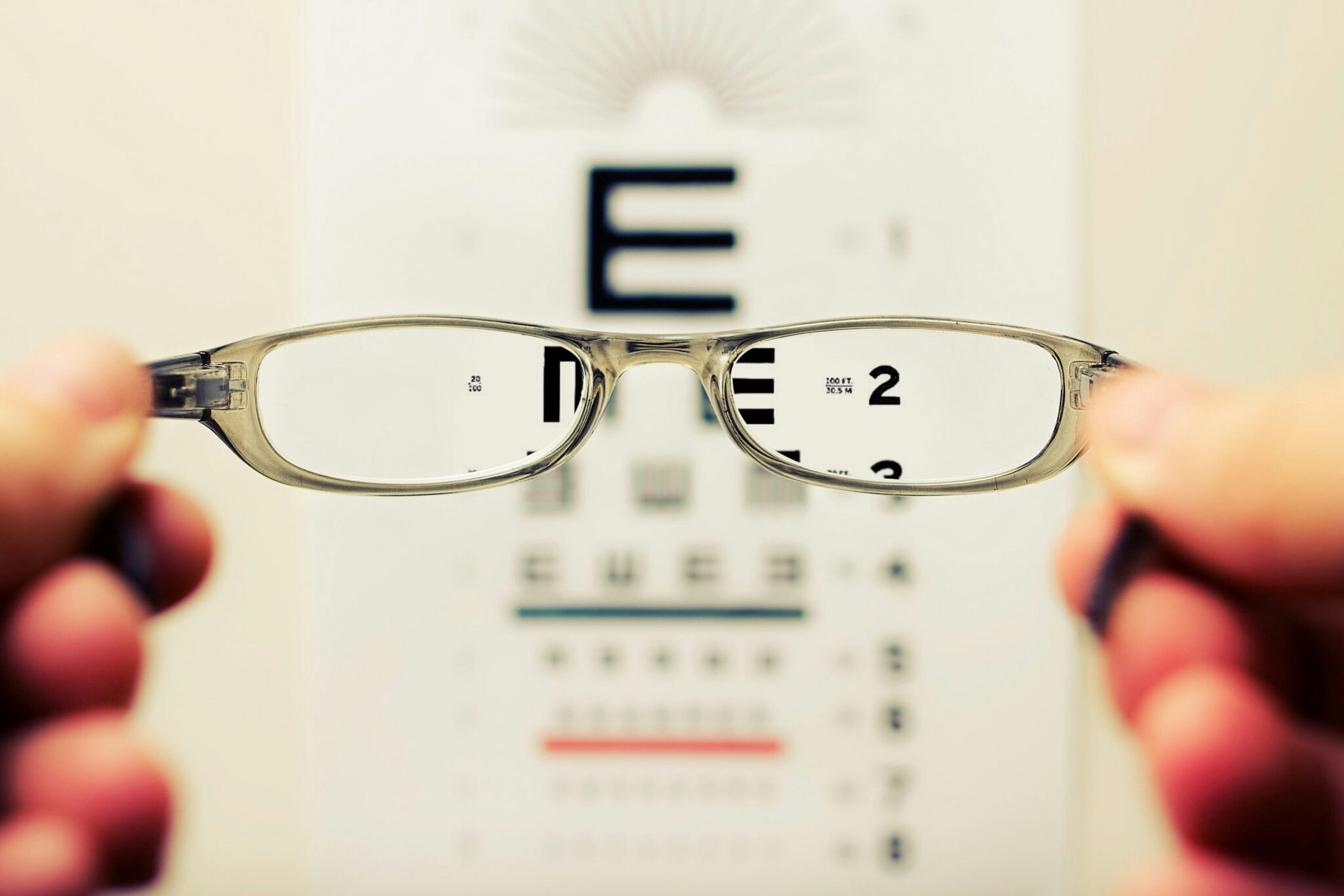The Importance of Progressive Vision Support for Digital Eye Strain
Byline: Ana Serano
As work becomes increasingly digital, more and more jobs are tied to a computer or mobile phone screen.
A report from the Deloitte Economics Institute and the American Optometric Association found that nearly 70% of people working office jobs spend over seven hours a day looking at screens. As a result, researchers deem that the symptoms of excessive screen time are costing the US $73 billion annually. The figure was calculated by analyzing direct expenses on health systems and the symptoms’ impact on productivity at work and an individual’s well-being.
The more we use digital screens, the more we put ourselves and our eyes at risk of developing digital eye strain (DES), which includes physical symptoms such as neck and back pain, blurred vision, headaches, and dry eyes. In fact, researchers note that just two hours of screen time daily can induce these systems. If left untreated, these can lead to decreased productivity, exacerbate other undiagnosed eye conditions and may affect an individual’s sleep quality and mental health.
While there are different solutions being deployed to help mitigate the effects of DES among digital workers today, it’s also important to note how workers who rely on progressive lenses and glasses are impacted by conditions like DES. Below, we’ll take a closer look at digital eye strain, how progressive lenses work, and what can be done to offer further support for progressive lens wearers’ in this digital age.
Digital Eye Strain
Also called computer vision syndrome (CVS), digital eye strain represents a collective of symptoms occurring across our ocular, musculoskeletal, and behavioral systems. These symptoms are associated with prolonged use of electronic devices with a digital screen. The first symptoms that appear in this condition include blurred vision, conjunctival congestion (pink eye), eye fatigue, visual accommodation disorders, headaches, attention difficulties, and neck and back muscle pains.
Researchers deem digital eye strain a current health problem affecting the entire population in the past two decades. Due to the accessibility and commodification of digital devices like laptops, tablets, and smartphones, this condition can affect people regardless of age.
How Do Progressive Lenses Work?
So, how does this impact those who wear progressive lenses for work or in their daily life? Progressive lenses may look similar to regular, single-vision lenses. However, progressives offer multiple prescription strengths within one lens. Typically, the top portion of the lens is meant for distance viewing, while the lower bottom zone of the lens is meant to make near-vision tasks like reading and sewing easier.
Nowadays, you can also find progressive reading glasses if you’re looking for multifocal glasses that you won’t have to continually take off and put back on. Foster Grant specializes in reading glasses and multifocal readers, including bestsellers like the Tortoiseshell Conan or the Alicia Multi Focus™ gradient frames for more style points. These glasses feature distinct segments for distance, intermediate, and near vision, ensuring sharp and clear sight at various prescription needs and preferences, whether you’re reading a paperback or working on a computer screen.
Due to the multifocal nature of progressive lenses, some new wearers may have difficulty adjusting to the different lens segments or zones, which can lead to eye strain when the glasses are worn for long periods. Paired with the threat of digital eye strain from work and daily digital device use, progressive vision support for digital eye strain should be a priority for aging adults.
The Need for Progressive Vision Support
As previously mentioned, many current digital space trends are focused on helping mitigate the risks of digital eye strain due to prolonged digital device use. This includes the use of dark mode in UI/UX designs for an ultra-modern feel. Aside from providing a sleek and bold customer experience in the digital space, dark mode also serves to save device power battery and even reduce eye strain for extended viewing periods.
However, for a more specific approach to providing progressive vision support, industry experts recommend a tailored and personalized approach to multifocal lenses. Most recently, the use of AI in lens design has helped lens designers predict a wearer’s visual behavior by capturing and analyzing large data points to create advanced, personalized progressive lenses. The Varilux XR series, for example, is the first “eye-responsive progressive lens for instant sharpness in motion”. By creating customized multifocal lenses, eyewear brands can make progressive lenses that also cater to a wearer’s risk for developing digital eye strain depending on their lifestyle and behavior.
This article has been published in accordance with Socialnomics’ disclosure policy.
Author
Ana Serano is a freelance writer with over a decade of experience focusing on health, tech, and lifestyle topics. When she’s not writing, you can find her browsing the Web and reading up on the latest in tech and healthcare.











